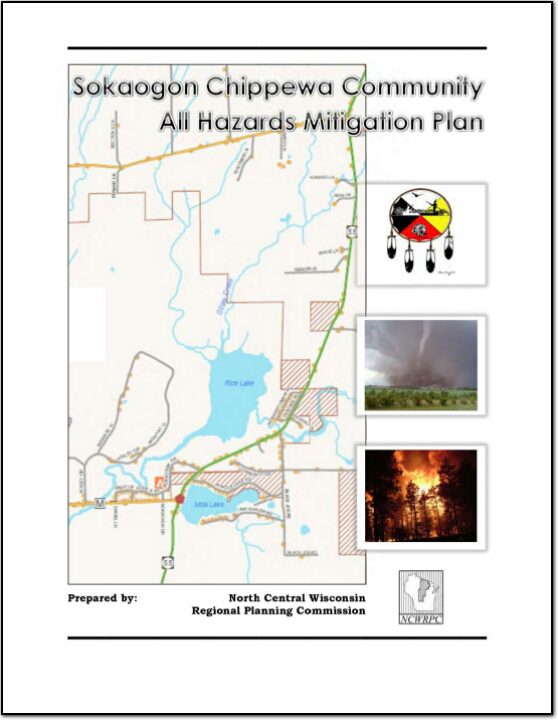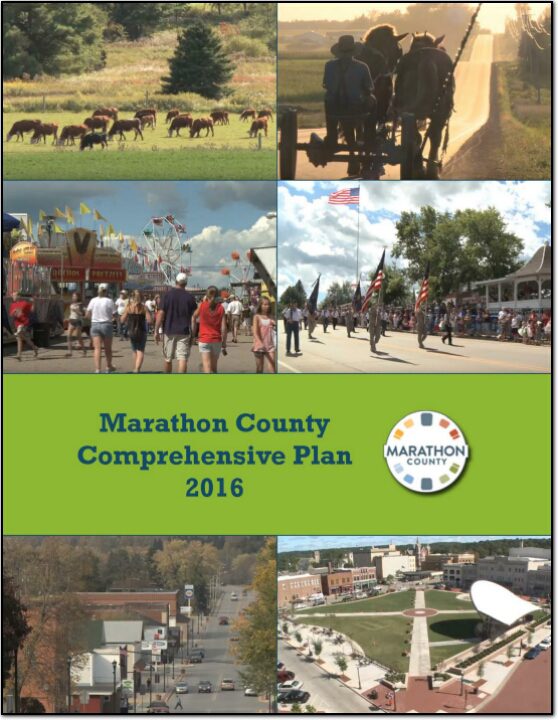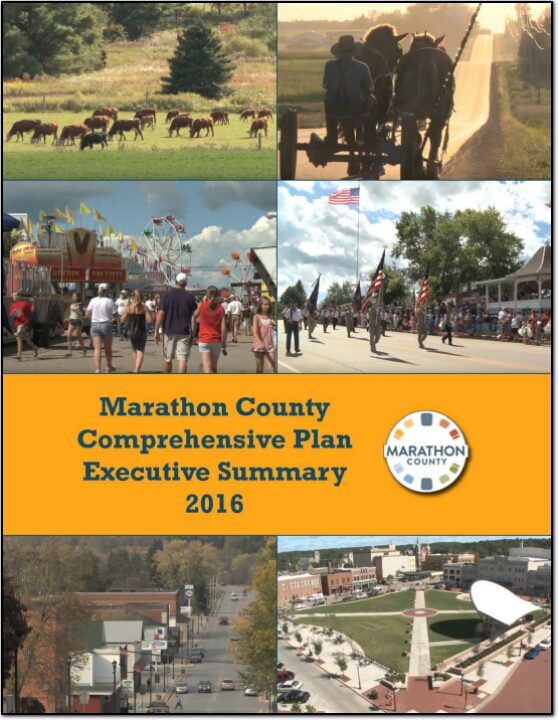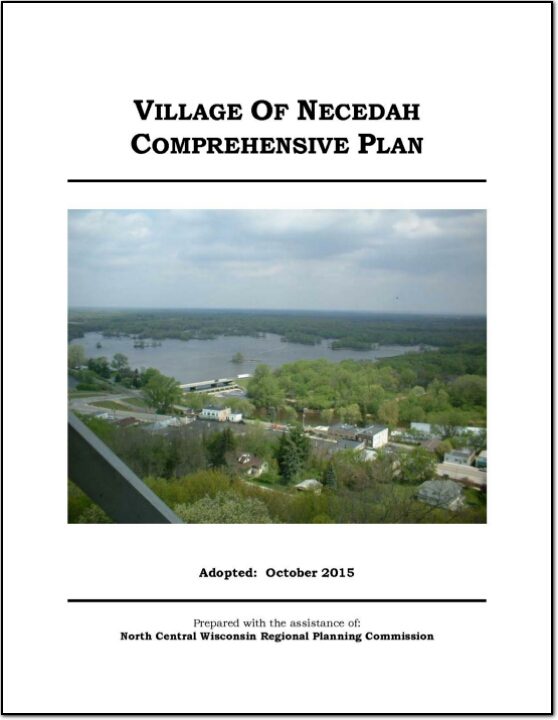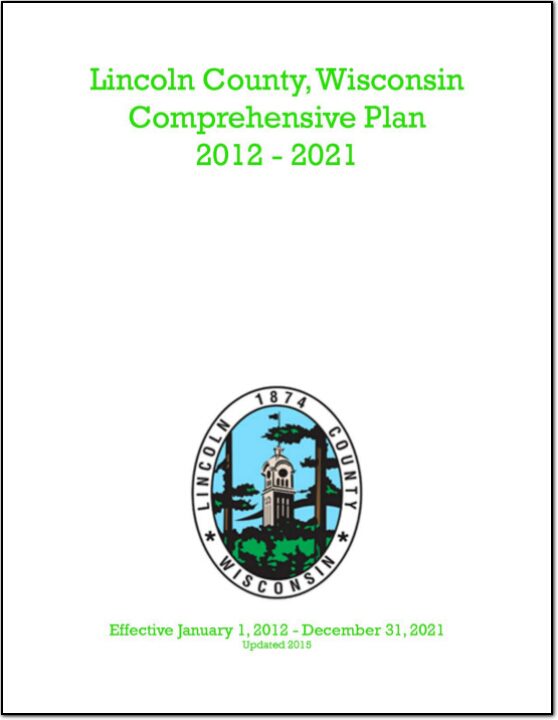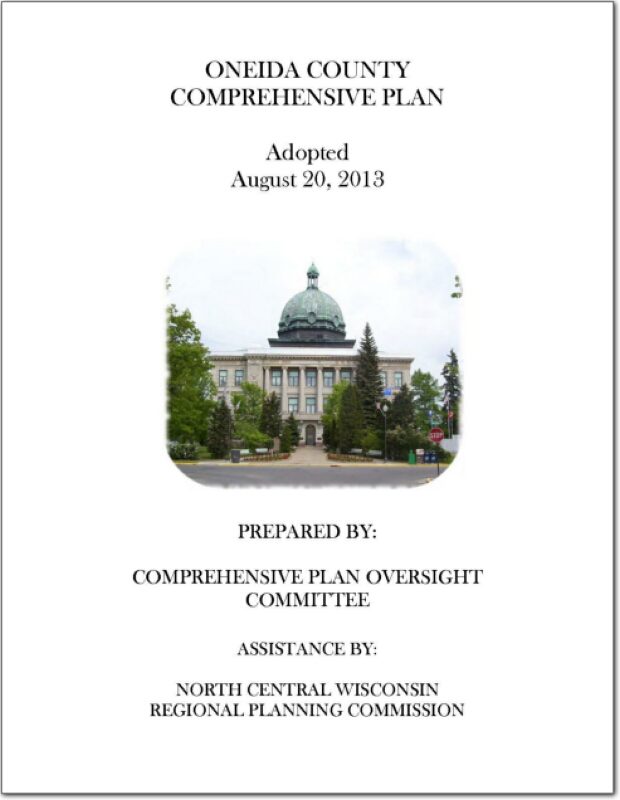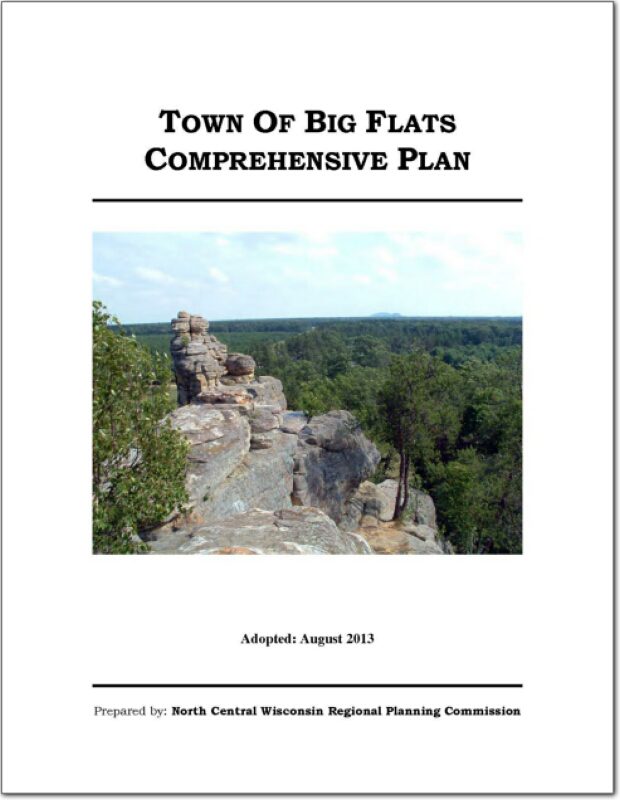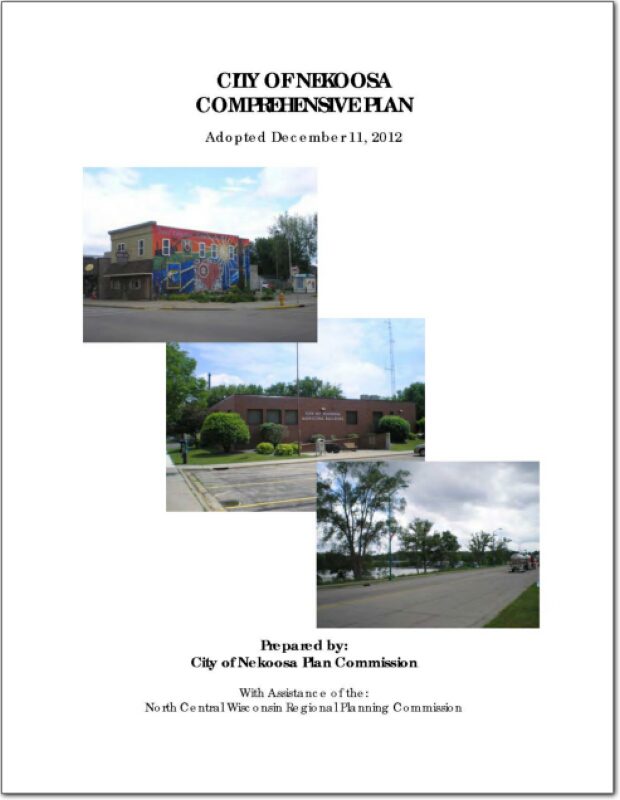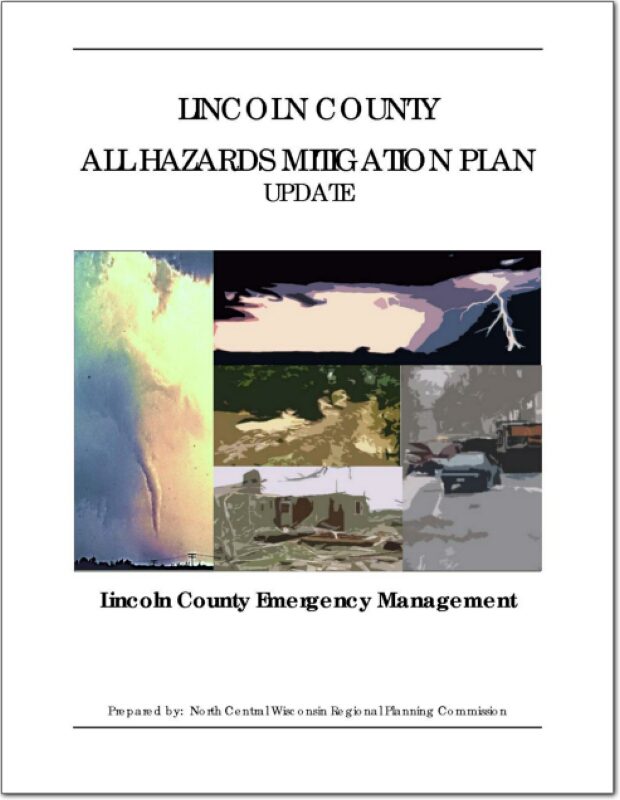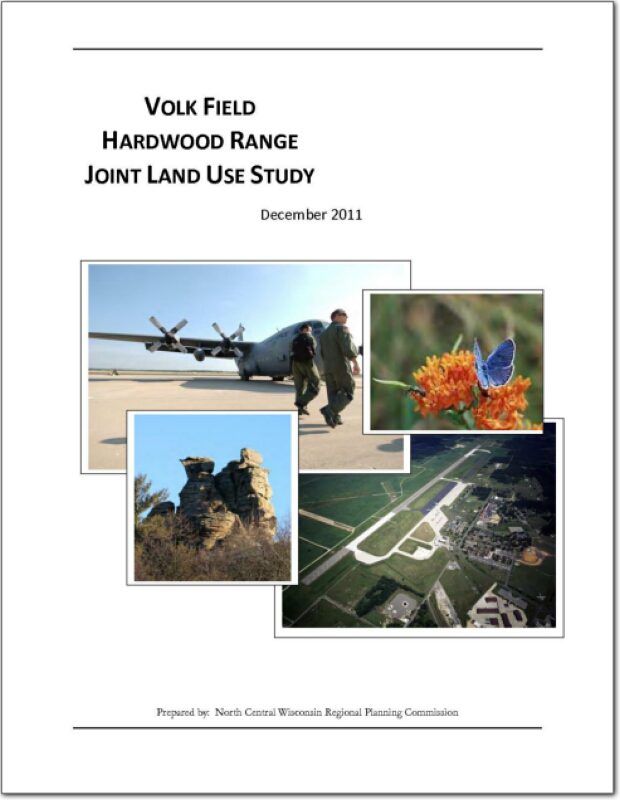Sokaogon Chippewa Community All Hazards Mitigation Plan (AHMP) describes and documents the process used to develop the Plan. This includes how it was prepared and who (committee, organizations, departments, staff, consultants, etc.) was involved in the process. It also describes the Tribal government’s involvement, the time period in which the Plan was prepared, and who to contact to answer questions and make recommendations for future amendments to the Plan.
